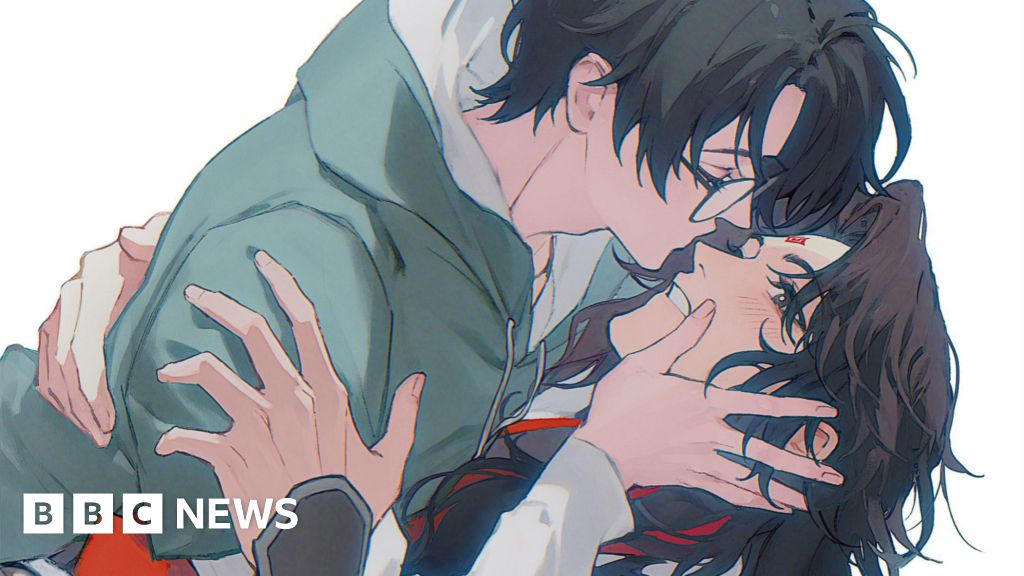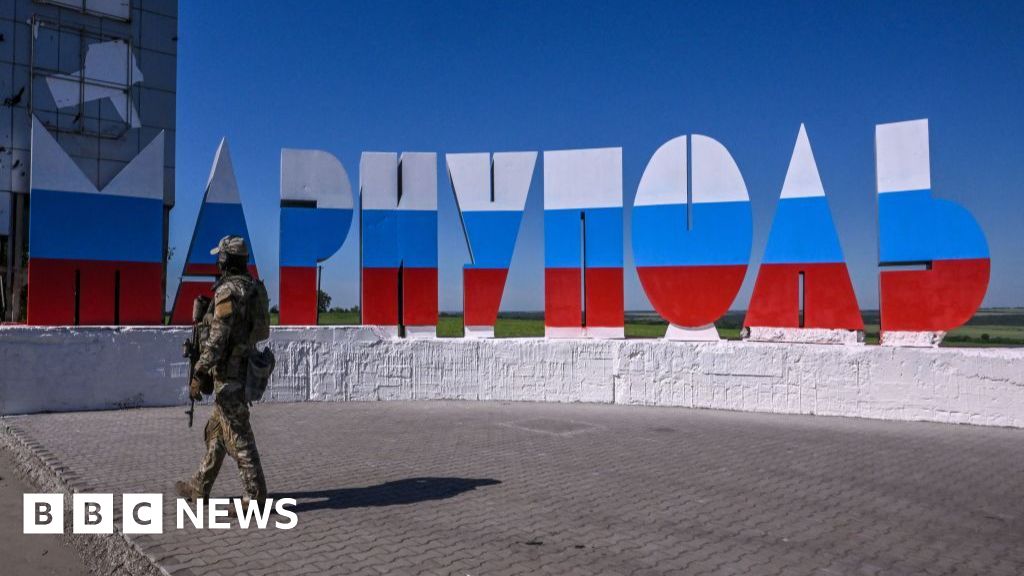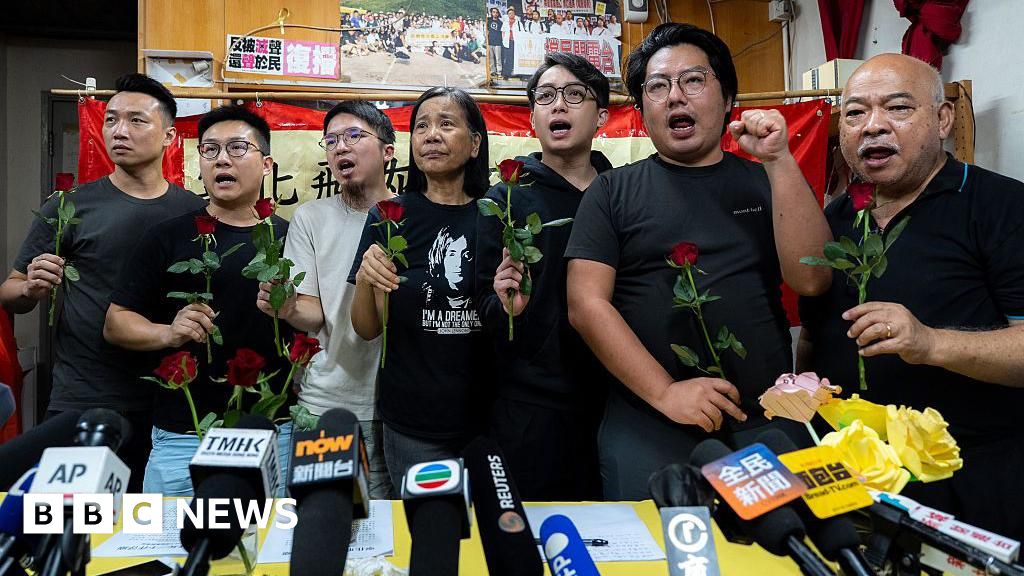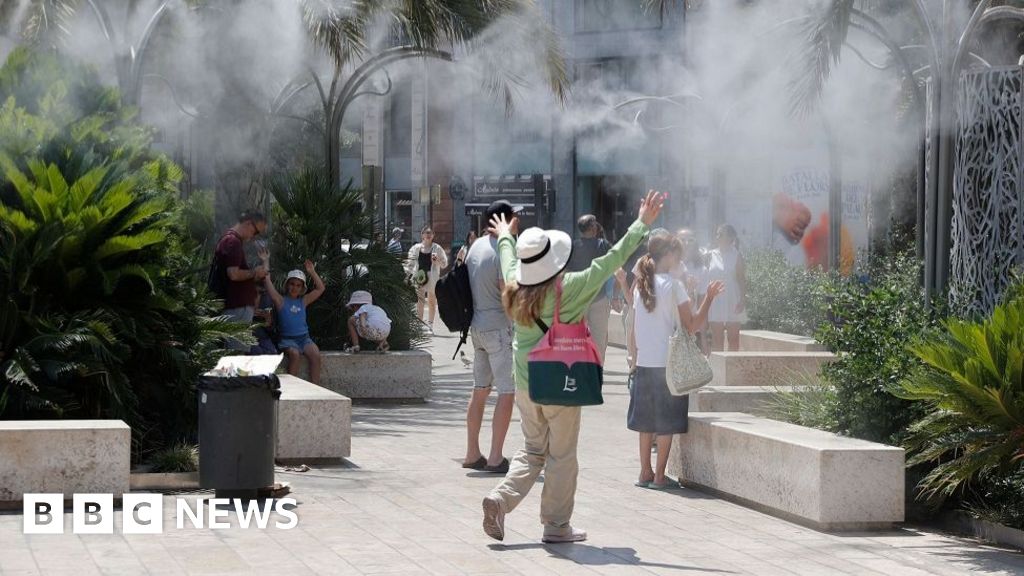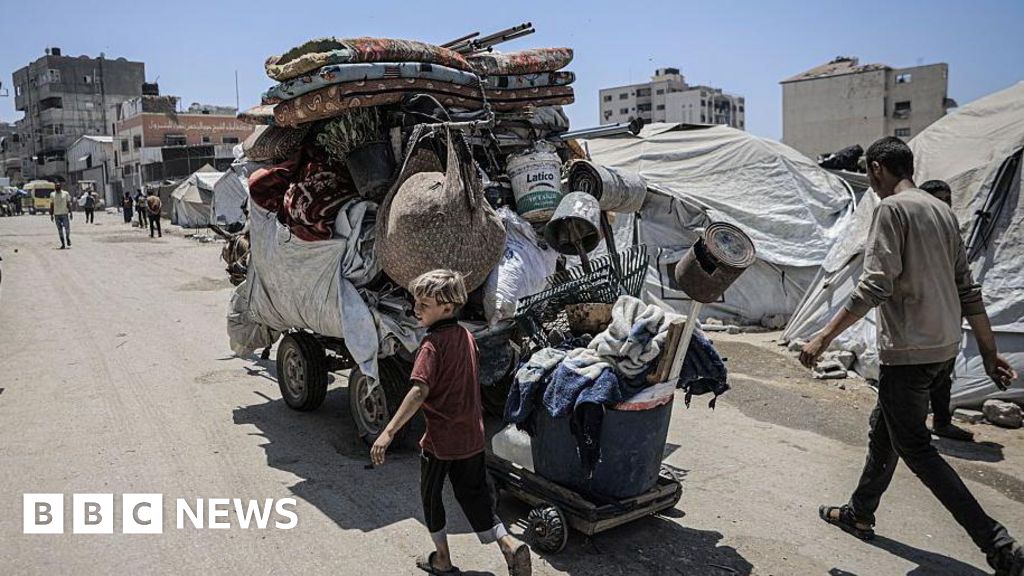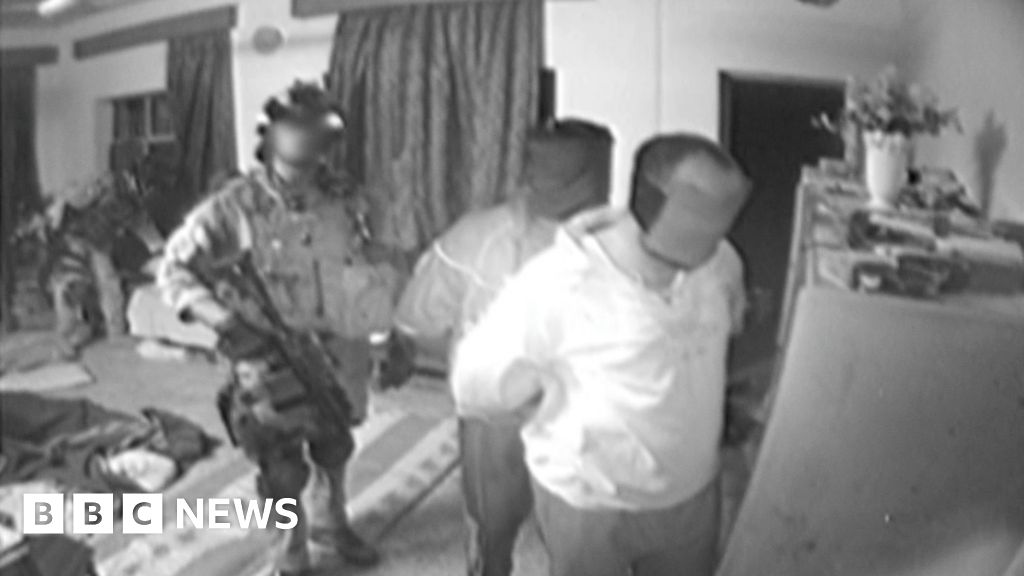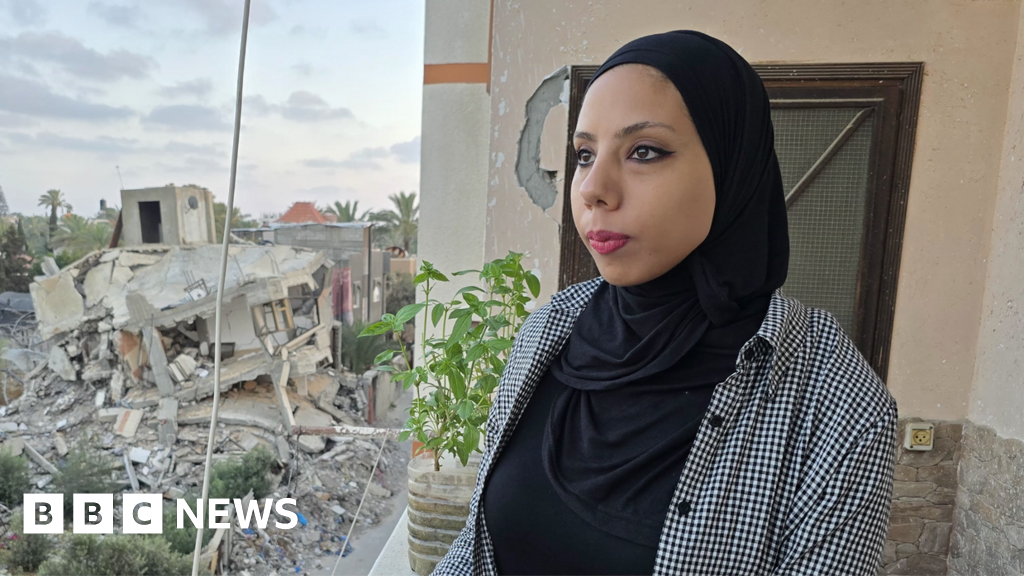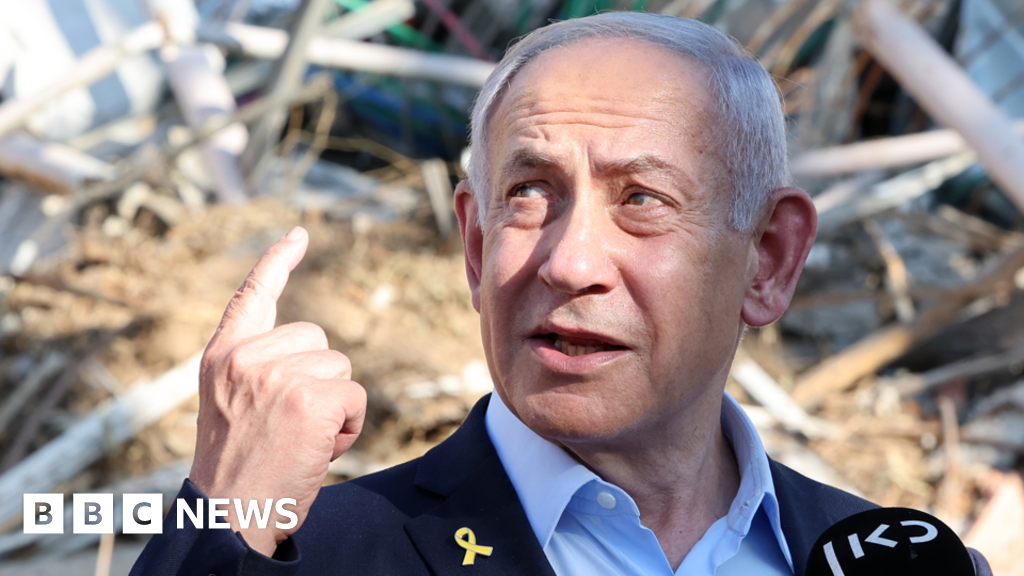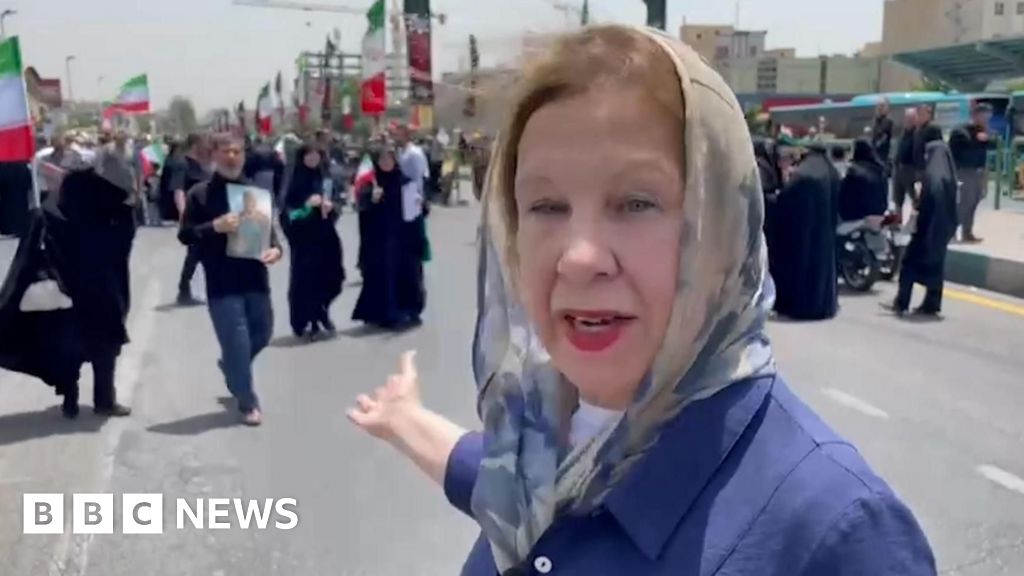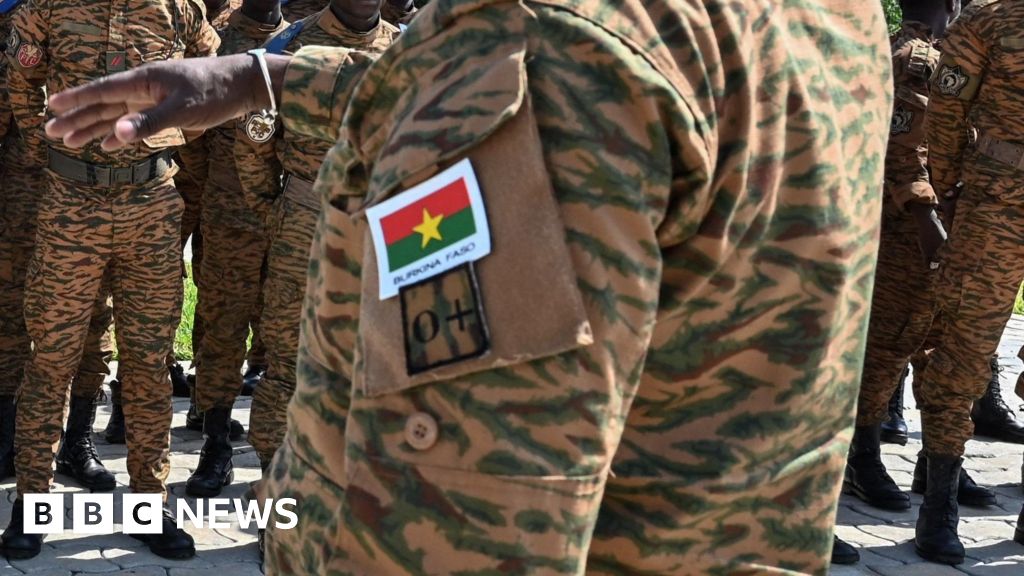BBC Panorama
Former members of UK Special Forces have broken years of silence to give BBC Panorama eyewitness accounts of alleged war crimes committed by colleagues in Iraq and Afghanistan.
Giving their accounts publicly for the first time, the veterans described seeing members of the SAS murder unarmed people in their sleep and execute handcuffed detainees, including children.
“They handcuffed a young boy and shot him,” recalled one veteran who served with the SAS in Afghanistan. ”He was clearly a child, not even close to fighting age.”
Killing of detainees “became routine”, the veteran said. “They’d search someone, handcuff them, then shoot them”, before cutting off the plastic handcuffs used to restrain people and “planting a pistol” by the body, he said.
The new testimony includes allegations of war crimes stretching over more than a decade, far longer than the three years currently being examined by a judge-led public inquiry in the UK.
The SBS, the Royal Navy’s elite special forces regiment, is also implicated for the first time in the most serious allegations – executions of unarmed and wounded people.
A veteran who served with the SBS said some troops had a “mob mentality”, describing their behaviour on operations as “barbaric”.
“I saw the quietest guys switch, show serious psychopathic traits,” he said. “They were lawless. They felt untouchable.”
Special Forces were deployed to Afghanistan to protect British troops from Taliban fighters and bombmakers. The conflict was a deadly one for members of the UK’s armed forces – 457 lost their lives and thousands more were wounded.
Asked by the BBC about the new eyewitness testimony, the Ministry of Defence said that it was “fully committed” to supporting the ongoing public inquiry into the alleged war crimes and that it urged all veterans with relevant information to come forward. It said that it was “not appropriate for the MoD to comment on allegations” which may be in the inquiry’s scope.
‘Psychotic murderers’ in the regiment
The eyewitness testimony offers the most detailed public account of the killings to date from former members of UK Special Forces (UKSF), the umbrella group which contains the SAS, SBS and several supporting regiments.
The testimony, from more than 30 people who served with or alongside UK Special Forces, builds on years of reporting by BBC Panorama into allegations of extrajudicial killings by the SAS.
Panorama can also reveal for the first time that then Prime Minister David Cameron was repeatedly warned during his tenure that UK Special Forces were killing civilians in Afghanistan.
Speaking on condition of anonymity because of a de facto code of silence around special forces operations, the eyewitnesses told the BBC that the laws of war were being regularly and intentionally broken by the country’s most elite regiments during operations in both Iraq and Afghanistan.
Those laws state that on such operations people can be deliberately killed only when they pose a direct threat to the lives of British troops or others. But members of the SAS and SBS were making their own rules, the eyewitnesses said.
“If a target had popped up on the list two or three times before, then we’d go in with the intention of killing them, there was no attempt to capture them,” said one veteran who served with the SAS, referring to people who had been previously captured, questioned and then released.
“Sometimes we’d check we’d identified the target, confirm their ID, then shoot them,” he said. “Often the squadron would just go and kill all the men they found there.”
One witness who served with the SAS said that killing could become “an addictive thing to do” and that some members of the elite regiment were “intoxicated by that feeling” in Afghanistan. There were “lots of psychotic murderers”, he said.
 Getty Images
Getty Images“On some operations, the troop would go into guesthouse-type buildings and kill everyone there,” he said. “They’d go in and shoot everyone sleeping there, on entry. It’s not justified, killing people in their sleep.”
A veteran who served with the SBS told the BBC that after bringing an area under control, assault teams would sweep through the area shooting anyone on the ground, checking the bodies and killing anyone left alive. “It was expected, not hidden. Everyone knew,” he said.
Intentionally killing wounded people who do not pose a threat would be a clear breach of international law. But the SBS veteran told Panorama that wounded people were routinely killed. He described one operation during which a medic was treating someone who had been shot but was still breathing. “Then one of our blokes came up to him. There was a bang. He’d been shot in the head at point-blank range,” he said.
The killings were “completely unnecessary,” he added. “These are not mercy killings. It’s murder.”
More junior members of assault teams were told by more senior SAS operators to kill male detainees, according to the testimony, using instructions such as “he’s not coming back to base with us” or “this detainee, you make sure he doesn’t come off target”.
Detainees were people who had surrendered, been searched by special forces, and were typically handcuffed. British and international law forbid troops from deliberately killing unarmed civilians or prisoners of war.
A former SAS operator also described learning of an operation in Iraq during which someone was executed.
“It was pretty clear from what I could glean that he posed no threat, he wasn’t armed. It’s disgraceful. There’s no professionalism in that,” the former operator said. The killing was never properly investigated, he added. According to the SAS veteran, the problem started long before the regiment moved across to Afghanistan and “senior commanders were aware of that”.
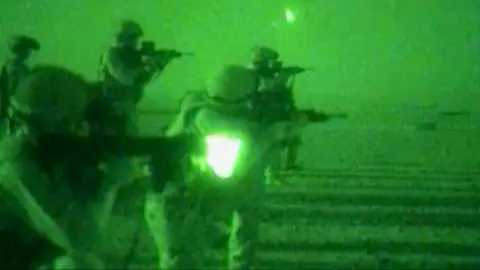
The testimony, as well as new video evidence obtained by the BBC from SAS operations in Iraq in 2006, also supports previous reporting by Panorama that SAS squadrons kept count of their kills to compete with one another.
Sources told the BBC that some members of the SAS kept their own individual counts, and that one operator personally killed dozens of people on one six-month tour of Afghanistan.
“It seemed like he was trying to get a kill on every operation, every night someone got killed,” a former colleague said. The operator was “notorious in the squadron, he genuinely seemed like a psychopath,” the former colleague added.
In one incident that sources say became infamous inside the SAS, the operator allegedly slit the throat of an injured Afghan man after telling an officer not to shoot the man again. It was “because he wanted to go and finish the wounded guy off with his knife,” another former colleague said. “He wanted to, you know, blood his knife.”
Knowledge of the alleged crimes was not confined to small teams or individual squadrons, according to the testimony. Within the UK Special Forces command structure, “everyone knew” what was happening, said one veteran.
“I’m not taking away from personal responsibility, but everyone knew,” he said. “There was implicit approval for what was happening.”
To avoid scrutiny of the killings, eyewitnesses said, members of the SAS and SBS would plant so-called “drop weapons” on the bodies of the dead, to make it look as though they had been armed in the photographs routinely taken by special forces teams at the scene.
“There was a fake grenade they’d take with them onto target, it couldn’t detonate,” said a former SAS operator. Another veteran said operators would carry AK-47 rifles which had a folding stock because they were easier to fit into their rucksacks and “easier to bring onto a target and plant by a body”.
Reports were ‘fiction’
Officers would then help to falsify post-operational reports in order to avoid scrutiny for the actions of assault teams on the ground, according to the testimony.
“We understood how to write up serious incident reviews so they wouldn’t trigger a referral to the military police,” one of the veterans said.
“If it looked like a shooting could represent a breach of the rules of conflict, you’d get a phone call from the legal adviser or one of the staff officers in HQ. They’d pick you up on it and help you to clarify the language. ‘Do you remember someone making a sudden move?’ ‘Oh yeah, I do now.’ That sort of thing. It was built into the way we operated.”
The reports were “a fiction”, another UKSF veteran said.
An intelligence officer who worked with the SBS described reports which said they had been caught in a firefight, while the photos showed bodies with “multiple clean headshots”.
Falsified paperwork could help prevent an investigation by the Royal Military Police, but British special forces operations generated deep concern from Afghan commanders and Afghan government officials.
David Cameron – who made seven visits to Afghanistan as prime minister between June 2010 and November 2013, the period now under scrutiny by the SAS public inquiry, was repeatedly made aware of the concerns by Afghan President Hamid Karzai, according to multiple people who attended the meetings.
Mr Karzai “consistently, repeatedly mentioned this issue”, former Afghan national security adviser Dr Rangin Dadfar Spanta told Panorama. He said Lord Cameron could have been left in no doubt that there were allegations of civilians, including children, being killed during operations carried out by UK Special Forces.
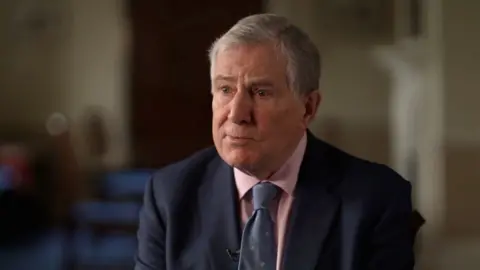
The Afghan president was “so consistent with his complaints about night raids, civilian casualties and detentions that there was no senior Western diplomat or military leader who would have missed the fact that this was a major irritant for him,” said Gen Douglas Lute, a former US ambassador to Nato.
Gen Lute said it would have been “extraordinarily unusual if there were a claim against British forces that the British chain of command was not aware of”.
A spokesperson for Lord Cameron told Panorama that “to the best of Lord Cameron’s recollection” the issues raised by President Karzai were about Nato forces in general and that “specific incidents with respect to UK Special Forces were not raised”.
The spokesperson also said that it was “right that we await the official findings of the Inquiry”, adding that “any suggestion that Lord Cameron colluded in covering up allegations of serious criminal wrongdoing is total nonsense.”
Unlike many other countries, including the US and France, the UK has no parliamentary oversight of its elite special forces regiments. Strategic responsibility for their actions falls ultimately to the prime minister, along with the defence secretary and head of special forces.
Bruce Houlder KC – a former director of service prosecutions, responsible for bringing charges and prosecuting those serving in the Armed Forces – told Panorama that he hoped the public inquiry would examine the extent of Lord Cameron’s knowledge of alleged civilian casualties on British special forces operations.
“You need to know how far the rot went up,” Mr Houlder said.
Do you have information about this story that you want to share?
Get in touch using SecureDrop, a highly anonymous and secure way of whistleblowing to the BBC which uses the TOR network.
Or by using the Signal messaging app, an end-to-end encrypted message service designed to protect your data.
SecureDrop or Signal: 0044 7714 956 936
Please note that the SecureDrop link will only work in a Tor browser. For information on keeping secure and anonymous, here’s some advice on how to use SecureDrop.
It’s proved a really important way for people to get in touch with us in the past.
Source link
